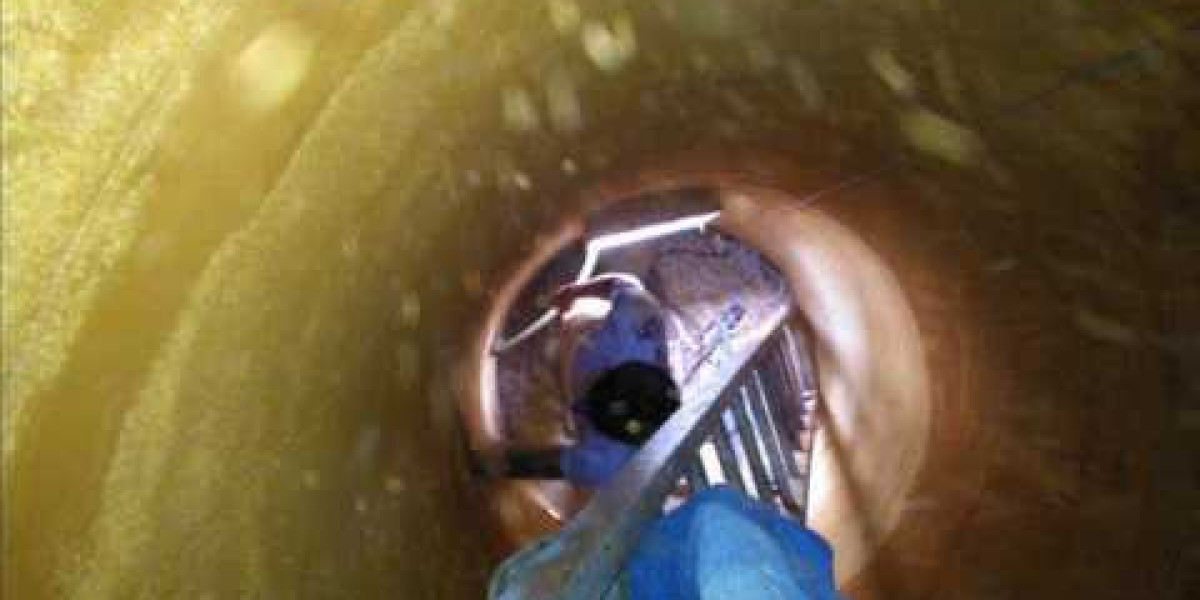Attention Deficit Hyperactivity Disorder (ADHD) is a neurodevelopmental disorder that affects both children and adults. The ADHD diagnosis process can be complex, involving multiple steps and assessments. This article aims to provide a clear understanding of what to expect at each stage of the diagnosis.

Initial Consultation: The First Step in the ADHD Diagnosis
The journey toward an ADHD diagnosis often begins with an initial consultation with a healthcare professional. During this meeting, the clinician will gather information about the individual's symptoms, medical history, and family background. It is essential to be open and honest during this discussion, as it lays the groundwork for further evaluation.
- Discuss symptoms: What specific behaviors or challenges are being experienced?
- Review medical history: Are there any previous diagnoses or treatments?
- Explore family history: Is there a history of ADHD or other mental health conditions in the family?
Comprehensive Evaluation: Assessing Symptoms and Behaviors
Following the initial consultation, a comprehensive evaluation is typically conducted. This stage may involve various assessments, including standardized questionnaires and behavioral checklists. The goal is to assess the severity and impact of symptoms on daily functioning.
During this evaluation, the clinician may also seek input from family members, teachers, or other caregivers. This multi-source approach helps to create a more accurate picture of the individual's behavior across different settings. If you are interested in learning more about ADHD symptoms in adults, consider reading this detailed article.
Diagnosis Criteria: Understanding the Guidelines
The ADHD diagnosis is based on criteria outlined in the Diagnostic and Statistical Manual of Mental Disorders (DSM-5). To receive a diagnosis, an individual must exhibit a certain number of symptoms that interfere with their daily life. These symptoms are categorized into two main types:
- Inattention: Difficulty sustaining attention, forgetfulness, and disorganization.
- Hyperactivity and Impulsivity: Fidgeting, interrupting others, and difficulty remaining seated.
It is important to note that symptoms must be present for at least six months and must be inconsistent with the developmental level of the individual. Understanding these criteria can help demystify the ADHD diagnosis process.
Post-Diagnosis: Next Steps and Treatment Options
Once an ADHD diagnosis is confirmed, the next steps typically involve discussing treatment options. Treatment may include behavioral therapy, medication, or a combination of both. The choice of treatment will depend on the individual's unique needs and circumstances.
Additionally, ongoing support and education for both the individual and their family can be beneficial. This support can help manage symptoms and improve overall quality of life.
In conclusion, understanding the ADHD diagnosis process can empower individuals and families to seek the help they need. By being informed and proactive, you can navigate this journey with confidence.








